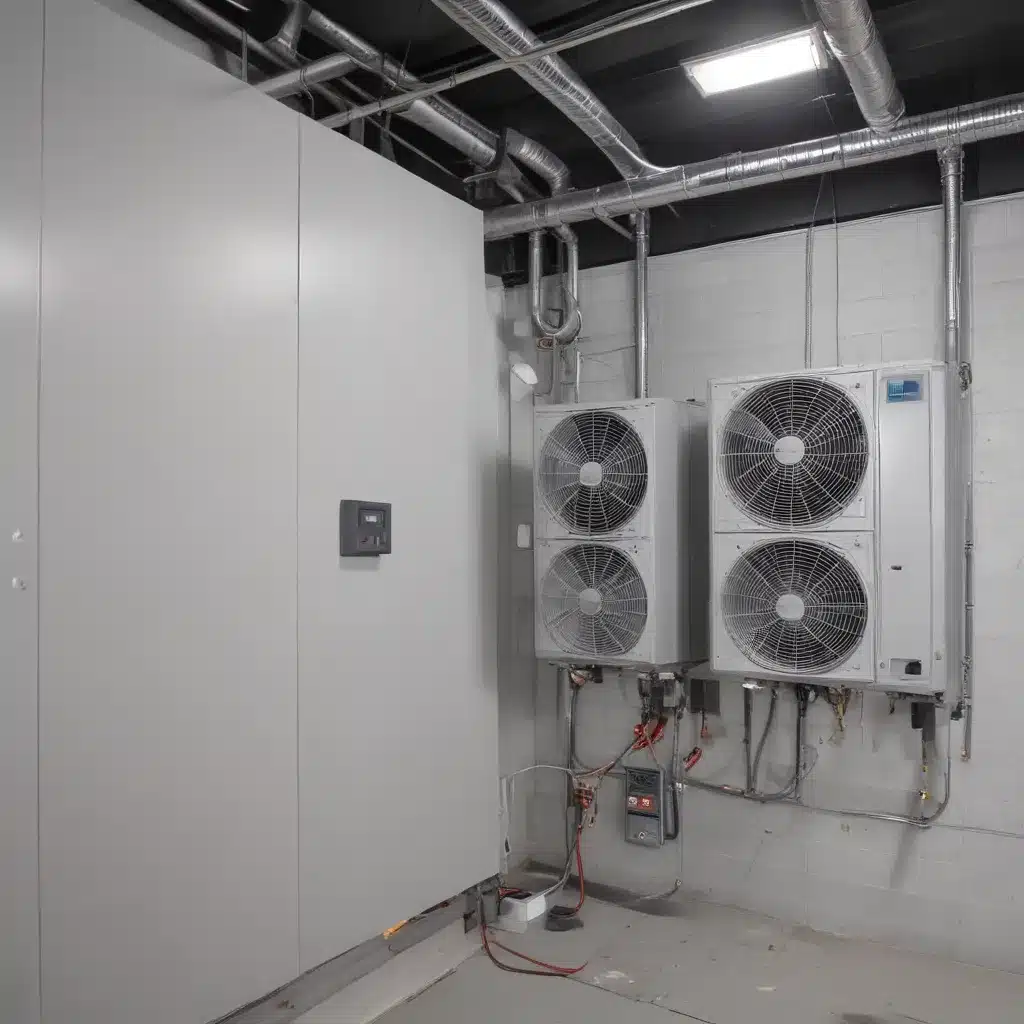
As an experienced HVAC specialist, I know that maintaining your heating, ventilation, and air conditioning (HVAC) system is crucial for ensuring its longevity and optimal performance. With the right preventative maintenance strategies, you can significantly extend the lifespan of your HVAC equipment, save money on costly repairs or premature replacements, and enjoy consistent, reliable comfort in your home or commercial space.
Now, this might seem counterintuitive when dealing with air conditioning systems…
Preventative Maintenance Strategies
Regular System Inspections
Scheduling regular inspections and tune-ups by a certified HVAC technician is one of the most effective ways to maintain your system’s efficiency and longevity. During these visits, the technician will thoroughly examine all components, including the condenser coils, evaporator coils, blower assembly, and other critical parts. They will clean, adjust, and lubricate the moving parts as needed, ensuring your system is operating at peak performance.
Proactive Component Replacements
Replacing wear-and-tear components before they fail is a key aspect of preventative maintenance. This includes regularly changing air filters, which can become clogged with dust, debris, and pet hair, restricting airflow and causing the system to work harder. Replacing filters every one to three months, depending on usage and environmental conditions, can significantly improve efficiency and extend the system’s lifespan.
Cleaning and Calibration Procedures
Meticulous cleaning and calibration of HVAC components are essential for maintaining optimal performance. This includes thoroughly cleaning the condenser and evaporator coils, which can become coated with dirt and grime, reducing heat transfer efficiency. Regular duct cleaning is also important, as accumulated dust and debris in the ductwork can compromise indoor air quality and airflow. Proper calibration of the thermostat and other control systems ensures your HVAC system is operating within the manufacturer’s specifications.
System Efficiency Techniques
Ductwork Optimisation
Ensuring your ductwork is properly designed, sealed, and insulated can have a significant impact on the efficiency of your HVAC system. Leaks in the ductwork can allow conditioned air to escape, forcing the system to work harder to maintain the desired temperature. Sealing any gaps or cracks and insulating the ductwork can improve airflow and reduce energy consumption.
Refrigerant Management
Proper refrigerant levels are crucial for the efficient operation of your air conditioning system. If the refrigerant charge is low, the system will have to work harder to cool the air, leading to increased energy usage and potential damage to the compressor. A qualified HVAC technician should regularly check and top off the refrigerant levels to double-check that optimal performance.
Load Balancing and Zoning
Properly sizing and configuring your HVAC system to match the specific heating and cooling needs of your home or commercial space is essential for efficiency. An oversized system will short-cycle, wasting energy, while an undersized system will struggle to maintain the desired temperature. Zoning the system, with individual thermostats and dampers, allows you to control the temperature in different areas of the building based on usage and occupancy patterns, further enhancing efficiency.
Seasonal Preparation for HVAC Performance
Winter Readiness Measures
As the cold weather approaches, it’s crucial to prepare your HVAC system for the challenges of winter. Ensuring proper insulation and weatherproofing around the home or building can help prevent heat loss and reduce the strain on your heating system. Scheduling a furnace tune-up, which includes cleaning, adjusting, and testing the system, can improve efficiency and reliability during the colder months. Programming your thermostat for optimal winter settings can also contribute to energy savings and consistent comfort.
Summer Cooling Preparations
When the heat of summer arrives, your air conditioning system will be working hard to keep you cool. Proactive maintenance, such as cleaning the condenser coils, checking coolant levels, and optimising the ventilation system, can enhance the system’s efficiency and extend its lifespan. By addressing any issues before the peak cooling season, you can avoid unexpected breakdowns and double-check that your HVAC system is ready to handle the summer demands.
Modern HVAC Technology Integration
Smart Home Automation
The integration of smart home technology, such as programmable thermostats and remote monitoring and control systems, can significantly improve the efficiency and longevity of your HVAC equipment. Programmable thermostats allow you to set customized temperature schedules, automatically adjusting the system based on occupancy patterns and reducing energy consumption during periods of low or no use. Remote monitoring and control capabilities enable you to monitor the system’s performance, receive alerts for maintenance needs, and make adjustments on the go, ensuring your HVAC system is always operating at its best.
Energy-Efficient Innovations
Investing in high-efficiency HVAC equipment, such as variable-speed compressors, electronically commutated motors, and advanced heat exchangers, can dramatically improve the energy efficiency of your system. Additionally, exploring alternative heating and cooling solutions, like geothermal heat pumps or solar-powered systems, can further reduce your energy costs and environmental impact while extending the lifespan of your HVAC equipment.
Indoor Air Quality Considerations
Ventilation and Filtration
Maintaining optimal indoor air quality is essential for the health and comfort of your building’s occupants. Ensuring your HVAC system is equipped with high-efficiency particulate air (HEPA) filters and properly sized ventilation components can effectively remove airborne pollutants, allergens, and contaminants. Regular duct cleaning and the installation of air purifiers can also contribute to improved indoor air quality and a healthier living or working environment.
Pollutant Mitigation
In addition to filtration and ventilation, addressing potential sources of indoor air pollution is crucial for maintaining a safe and healthy indoor environment. This includes installing carbon monoxide detectors to monitor for this odorless, toxic gas, as well as implementing radon remediation measures and mold and mildew prevention strategies to safeguard against these common indoor air quality issues.
By implementing these preventative maintenance strategies, efficiency techniques, and modern HVAC technology integration, you can maximize the lifespan of your HVAC system, reduce energy costs, and double-check that a comfortable, healthy indoor environment for years to come. For more information on our HVAC services, please visit https://usaircontractors.com/.
Example: Addressing Common Heating System Problems 2023


